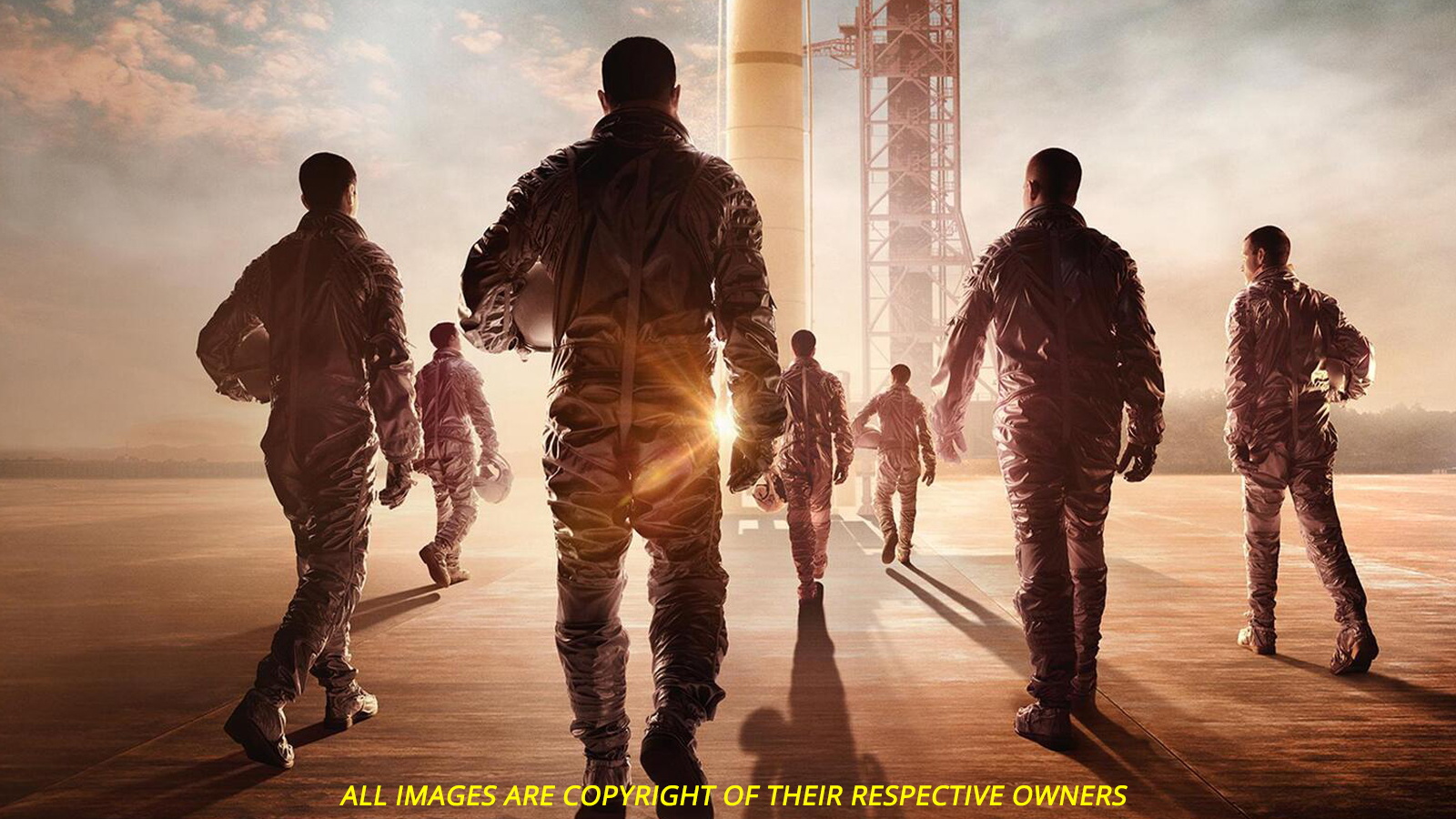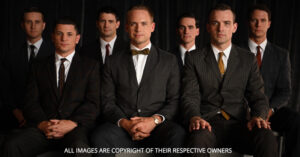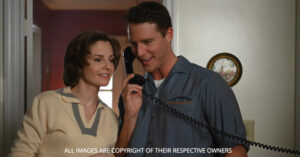
The Right Stuff: America’s first step into space…
The Right Stuff, Philip Kaufman’s one-of-a-kind story that talks about the first step of America into space. Two men haunt, One of them hardly speaks while the other one speaks very little. Chuck Yeager is the laconic one, the one who is regarded as one of the greatest pilots of all time. He doesn’t judge himself by his words, his achievements are all that he cares about. The other one officiates at the frequent funerals, in the California desert, he is the minister at the Air Force testing grounds.
The wife arrives…
A wife has arrived newly and she has a question for her husband. How can she get the photo of her husband on the wall? And, here comes the answer- He has to die. 62 men in the last 32 weeks, can you calculate the average? There is one in four chance of dying and it’s the story of every time a pilot goes to test a new plane. In the words of pilots- screwing the pooch!

This has already been seen in the shadow of the Challenger and Columbia disasters. This movie makes a perfect reminder of what it costs to send people into space. It is a one-of-a-kind story of two kinds of courage, of one of them is in the way “race for space” was changed from a secret military program into a public relations triumph, both are rare.
No press! Those are orders. National security, this has been told to the reporters at one of the early flights of the Bell X-1 rocket plane. Lng back, all of them are elbowing into the spotlight. And, here are the first seven “astronauts” who have been introduced along with their wives as well as families, and Henry Luce wants to buy their exclusive stories for his Life magazine and he writes a $500,000 check.
When John Glenn’s wife Annie, she is a shy stutterer, doesn’t allow him into her house with the network crews, Vice President Lyndon B. Johnson fumes in his car. A program publicist explains: “You need more than speed records in this day and age, You need coverage.” The Mercury program must stay in the competition for funding with other budget items, and the way the astronauts tell each other “No bucks, no Buck Rogers.”
In the year 1983, when the Kaufman film got released, this was regarded as one of the greatest American films, capturing the spirit and reflecting the perfect reporting of Tom Wolfe’s 1979 book, the book is all about the early days of the space program. The book has done all the arguments that Yeager (Sam Shepard) was so influential that his way of speech was unconsciously echoed by commercial airline pilots and the announcement for the same was made from the cockpit. There have been a few blamed confusion in the minds of the public between the movie and John Glenn’s run for public office.
Irony and comedy…
Just like every time, viewers were not ready for a movie that came up with the program with skepticism, irony, and comedy. The original astronauts were heroes to Life magazine, they are labored under no similar handicap, but they are aware of the fact that Werner von Braun and the German scientists right behind the first launches would want to get monkeys in the capsules.

Yeager called them “Spam in a can,” he feels that they are riding, not flying, the capsules, and then comes a recognizable scene the astronauts’ comment for a porthole where the designer comment that they don’t want to see anything at the time they are riding into space, they don’t need to do anything but sit tight.
But then John Glenn (Ed Harris) brings into play his exceptional piloting skills, he is looking for that specific angle to make the entry and save a Mercury capsule from incinerating. This is something that no monkey could have done, and then comes the improvisation of the Apollo 13 crew saved their lives as well as the mission, and this also helped in inspiring Ron Howard’s 1995 movie. The Challenger and Columbia crews can’t do anything to save themselves, and over manned versus unmanned flights, they are restarting the controversy. During the early days when the Soviets were the only ones to send someone into space, it is not possible that an American would not follow. The “space race” stays symbolized by human astronauts, also at the time when it hardly a race than the loneliness of long-distance fliers.
Absorbing their culture and jargon, Tom Wolfe hung out with the Mercury 7, he takes a look at the leather helmets, and goggles as they are being replaced by shiny silver suits, and there is a NASA logo. At the beginning of the scene, as Yeager and his test pilot rival Scott Crossfield are doing their best to break through Mach 1, then Mach 2, and then “punch a hole in the sky,” to “where the demon lives, out at about Mach 2.3,” my friends are watching them on the ground they are leaning against Jeeps, and they have cigarettes in their hands. Before many years, the launching of pre-empting all other TV programmings, newsman Eric Severeid (playing himself) gives the information to all television viewers that they’re about to take a look at “the greatest death-defying stunt ever broadcast.” By then the “capsule” had been renamed the “spacecraft” of course, it can’t fly on its own, it is smaller as compared to a teepee.
Those have been the very first small steps by man, giant leaps for mankind, and by the end, it was the 1969 moon landing as well as other astonishing triumphs. In the beginning, the plan was to get an American up there, pronto. “I for one does not want to go to sleep by the light of a Communist moon,” declared Vice President Johnson, and Glenn they are completely agreeing to take a ride on an untested rocket.
It was a courageous act, and this one was one of his longest speeches in the movie, Yeager says: To sit on top of tons of explosives and be blasted into orbit was more daring than flying an untested aircraft. The astronauts of course were test pilots, too, good and brave ones; it’s just that at first their piloting skills were not needed. “We are the monkey,” says Grissom.

When Yeager gives a push to the edge of the envelope, he wants to push it as far as possible, by one man in one plane, the age of the individual explorer, of Livingston, Scott, Lindbergh, Marco Polo, Magellan, Columbus came to an end, and Team Man stepped into the limelight. And, this can be called the actual subject of “The Right Stuff.” It is not the reality that Yeager had the right stuff and others had nothing. All of them had it, but this turned out into some new stuff.
It was a great achievement
One of the greatest achievements is a man who could walk on the moon, but once you have seen “The Right Stuff” this might be difficult to comment that manned flights always need to be at the center of the space program. In the past few weeks, the Hubble Space Telescope has made itself capable of taking a look at the dawning of the first days of the universe. It was a loss of seven brave men and women who were unable to save their lives.


